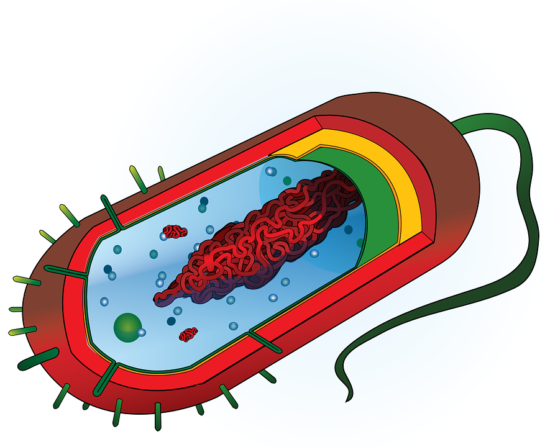Understanding the Antibacterial Resistance: Computational Explorations in Bacterial Membranes
The bacterial cell envelope has been identified as one of the key molecular players responsible for antibiotic resistance, attracting considerable interest as a potential target for novel antimicrobials effective against AMR, to be used alone or in combination with other drugs. However, the multicomponent complexity of bacterial membranes provides a heterogeneous morphology, which is typically difficult to study at the molecular level by experimental techniques, in spite of the significant development of fast and efficient experimental protocols. In recent years, computational modeling, in particular, molecular dynamics simulations, has proven to be an effective tool to reveal key aspects in the architecture and membrane organization of bacterial cell walls. Here, after a general overview about bacterial membranes, AMR mechanisms, and experimental approaches to study AMR, we review the state-of-the-art computational approaches to investigate bacterial AMR envelopes, including their limitations and challenges ahead.
AMR NEWS
Your Biweekly Source for Global AMR Insights!
Stay informed with the essential newsletter that brings together all the latest One Health news on antimicrobial resistance. Delivered straight to your inbox every two weeks, AMR NEWS provides a curated selection of international insights, key publications, and the latest updates in the fight against AMR.
Don’t miss out on staying ahead in the global AMR movement—subscribe now!







